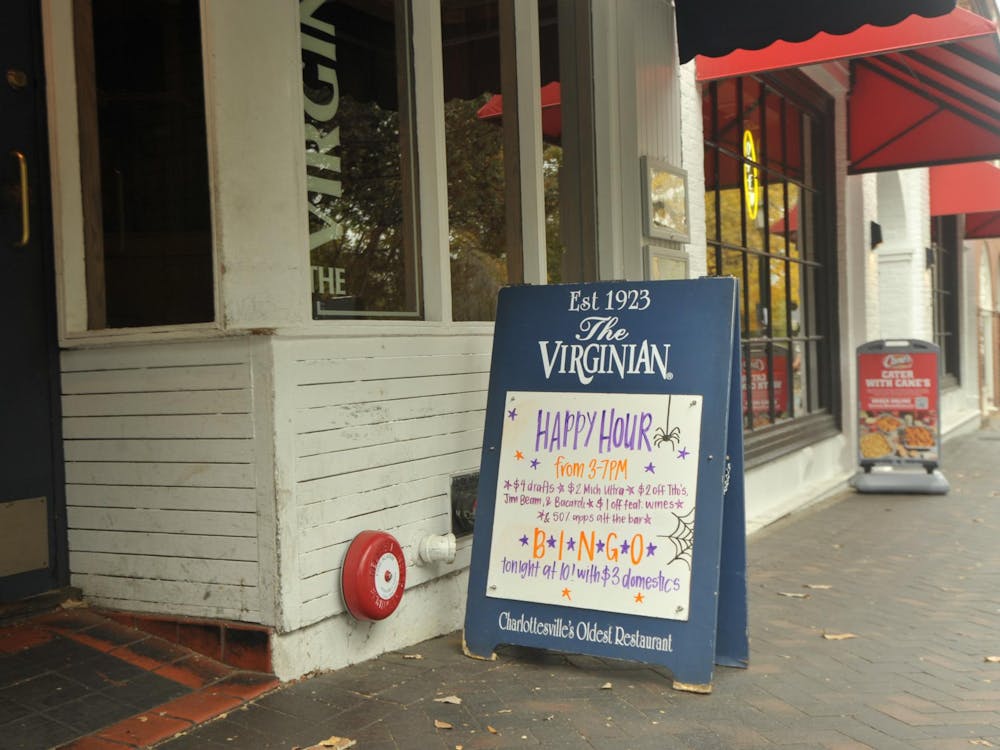Females outnumber males in higher education enrollment and in their attainment of associate and bachelor's degrees, as indicated by a report released by the National Center for Education Statistics on Friday.
The report, titled "Gender Differences in Participation and Completion of Undergraduate Education and How They Have Changed Over Time," is an analysis of studies and surveys conducted between 1970 and 2001.
According to the study, enrollment of women in higher education has increased from 42 percent to 56 percent between 1970 and 2001 and is projected to increase to 57 percent by 2013. In addition, between 1980 and 2001, women were awarded 57 percent of bachelor's degrees.
The national gap between the enrollment and completion of higher education by men and women is an indication that men are not doing as well in school, said Politics Prof. Steven Rhoads, author of "Taking Sex Differences Seriously."
"I think it's a sign that men just aren't thriving in school," Rhoads said. "Generally schools are tougher for males because males have more energy and have a harder time sitting still and paying attention to one subject."
The education gap begins long before men and women enroll in college and increases after enrollment, Rhoads said.
"It starts very early," he said. "Boys particularly have a harder time learning to read and write. When a girl is writing at an eleventh grade level, the average boy is writing at an eighth grade level."
At the University women have gone from being the minority to the majority, with women currently accounting for 54 percent of the student body. Enrollment statistics indicate that 1994 was the last year that women did not represent a majority of the student body, said George A. Stovall, director of the Office of Institutional Assessment and Studies.
According to a survey of undergraduates who enrolled last fall, women accounted for 53.6 percent of all students, and women also outnumbered men in each racial/ethnic group except Native Americans, Stovall said.
Women at the University were awarded 52.4 percent of the degrees conferred last year. Data from the 1996-1997 academic year indicated that women and men accounted for virtually the same amount of degree recipients, Stovall said.
The number of women earning degrees increased slightly for the 1997-1998 academic year but has changed little over the past few years, he said.
IAS did not have statistics on the number of women earning degrees according to ethnic group, but enrollment is usually an indication of degrees conferred.
"Degrees pretty much track the enrollment and vice versa," Stovall said.






